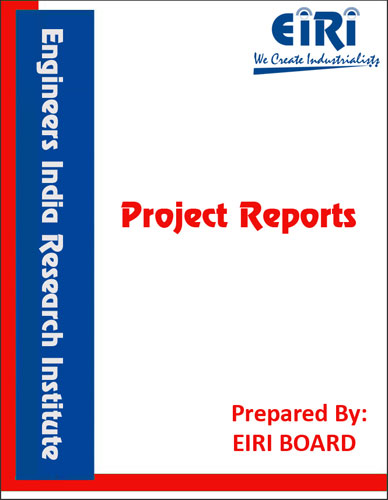PVC pipes and fitting
The project report includes Present Market Position and Expected Future Demand, Market Size, Statistics, Trends, SWOT Analysis and Forecasts. Report provides a comprehensive analysis from industry covering detailed reporting and evaluates the position of the industry by providing insights to the SWOT analysis of the industry.
We can prepare PROJECT REPORT as per your INVESTMENT PLAN for BANK LOAN REQUIREMENT and INDUSTRY ANALYSIS. All reports are prepared by highly qualified consultants and verified by a panel of experts.
Have Query? Click Here to Chat
Industry Expert is Online, Chat with him for more detail.

PVC pipe which is made from polymerized vinyl chloride, a Synthetic resin, which when plasticized or softened with other Chemicals has some rubber-like properties. Derived from acetylene And anhydrous hydrochloric acid. PVC pipe has nominal sizes that Are to be used with PVC socket fittings (schedule 40) and PVC Socket or threaded fittings (schedule 80). PVC pipe and fittings Have got tremendous demand in India as well as in abroad. To Manufacture this, all the machinery and raw materials are Available indigenously. A polyvinyl chloride (PVC) pipe is made From a plastic and vinyl combination material. The pipes are Durable, hard to damage, and long lasting. A PVC pipe does not Rust, rot, or wear over time. For that reason, PVC piping is Most commonly used in water systems, underground wiring, and Sewer lines. PVC was first developed in 1925 when a bf goodrich Employee, Dr. Waldo semon, attempted to invent a method for Bonding metal and rubber. After blending materials together to Create a strong and flexible material, semon discovered PVC. Nonetheless, the product remained virtually useless for Another decade. In the late 1930’s, PVC was found to have Great shock absorbing abilities. This discovery led to the Creation of long lasting PVC tire treads, which were created with Flexible forms of PVC.
Project Report covers:
- Introduction
- Uses and Applications
- Properties
- Market Survey with future aspects
- Present Manufacturers
- B.I.S. Specifications
- Manufacturing Process with Formulae
- Plant Layout
- Cost Economics with Profitability Analysis
- Capacity
- Land & Building Requirements with Rates
- List & Details of Plant and Machinery with their Costs
- Raw Materials
- Details/List and Costs
- Power & Water Requirements
- Labour/Staff Requirements
- Utilities and Overheads
- Total Capital Investment
- Turnover
- Cost of Production
- Break Even Point
- Profitability
- Land Man Ratio
- Suppliers of Plant & Machineries and Raw Materials.



